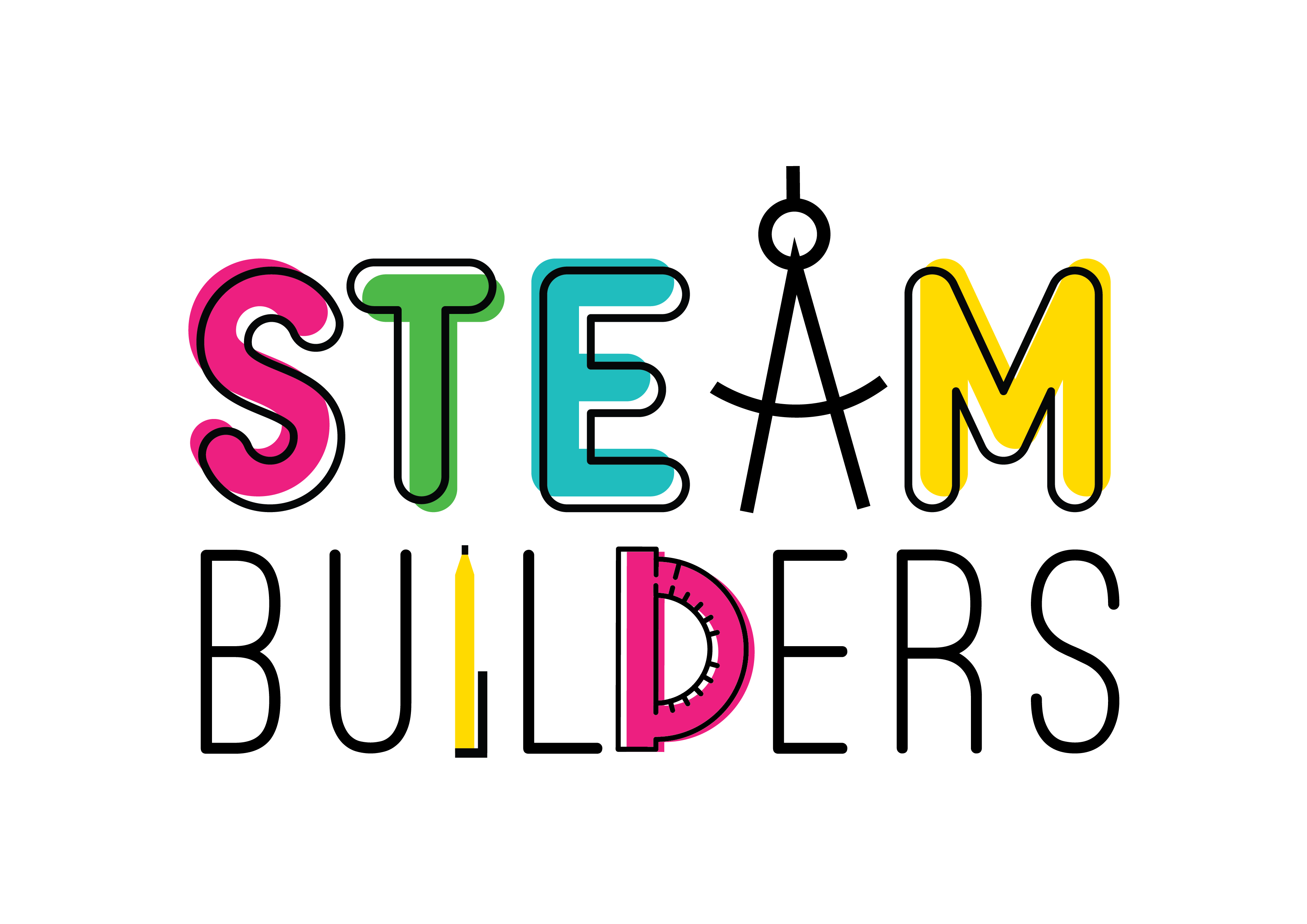
30 Sep Experiential Learning and its Uses in the Classroom
When an adult reflects back on their school year, what are the moments or materials that come to mind first?
Well, try it yourself and chances are, the materials you remember most are linked to at least one of those factors:
- A strong emotion.
- A concrete experiment or a manipulation you did in class that was out of the ordinary.
While we understand the first factor easily, as that is based on one of the principles by which all our memories are stored and how they are stored, the second one is a bit trickier. Yes, the novelty of doing something different comes into play, but that can’t be the only reason, as any new subject comes out of the ordinary, and we don’t remember all the first classes of each subject in our life. So, what makes it different?
Well, the other part of the answer resides in the mode by which it was learned, an experiential mode. In other words, learning-by-doing. Experts have postulated that the natural learning process resides in the learning-by-doing, or “Experiential Learning Theory”. While this is a pretty intuitive thing to think of, it is not so simple to apply in the classroom. Most classes nowadays are given in a theory-based, ex-cathedra learning style with the teachers explaining and the pupils listening. However, the main idea behind ELT is that Learning is based on experience, in a cycle that alternates 4 phases: Experiencing, Reflecting, Thinking, and finally Acting, before starting all over again.
According to one of its founding fathers, David Kolb, it can be summarised as: “Learning is the process whereby knowledge is created through the transformation of experience”.
ELT encourages trial and error, improves retention of information, orients learning towards problem-solving, promotes a mindset of progress and boosts students’ interest and motivation. Instead of visualizing learning as pouring knowledge into an empty mind, it is more akin to moulding a way of thinking by renewing, adapting, adding, and linking information through experience and over time.
Knowledge is not a fixed thing, nor is it “dead”. We reassess what we know continually, and we are evolving in our knowledge. The brain is thus more akin to a muscle being continuously formed through exercise than to a box being filled with fixed information.

Image by Holly Dornak from Pixabay 1
So how do we integrate this method into the current day curriculum?
All of these questions have led to the creation of the pedagogical materials of STEAMbuilders, in which we use history and heritage techniques and manipulations to contextualize present-day STEAM theory.
The pupils are first presented with a technique, a small-scale machine, or a building of some kind. They experience or observe the manipulation working. Then they try to reflect and try to figure out its mechanism and its use, if relevant. The manipulation is then presented in terms of historical origin: where it comes from, what its purpose is, etc. Then, the pupils receive the blueprints to build it or recreate it themselves under supervision. This allows them to integrate the mechanism better, to visualize its components and how they are articulated or interact together.
Students then use the manipulation in class, with the teacher explaining the theory behind it. The pupils are asked to consider in what other instances of everyday life this concept can be applied or found. This, in turn, triggers more observations of their surroundings and more reflection on how the world works around them.
The idea is that students will be able to link these abstract concepts to both recent and ancient concrete manipulations, and that this will fix the information more deeply in their memories. As more senses are activated during the session, and as they are actively taking part in their learning, more brain zones are active during learning, and this will help with the retention of information in the long term.
Of course, the end goal is not to replace formal education with this method, as unfortunately it is problematic in terms of knowledge assessment and it is also more time-consuming. Instead, the goal is to enrich the traditional teaching method with these contextualisations in some lessons in order to improve students’ memories, to boost their engagement in lessons and to pique their curiosity about the world and its STEAM mechanisms.

Image by Victoria_rt from Pixabay 1
A motivated student will always achieve much more than an unmotivated one. This method is also beneficial for pupils with Specific Learning Disorders as the sequences and concrete materials will help them visualize, interact and understand the theory that they are learning. They need clear steps and to be able to link things to concrete situations in order to integrate the materials more easily.
In conclusion, the use of experiential learning is not only very useful for boosting the learning efficiency and engagement of pupils in STEAM subjects, but also beneficial for pupils with SLDs. It can, and should, be used more often in the context of the classroom to boost students’ interest, engagement, and understanding of STEAM subjects.
